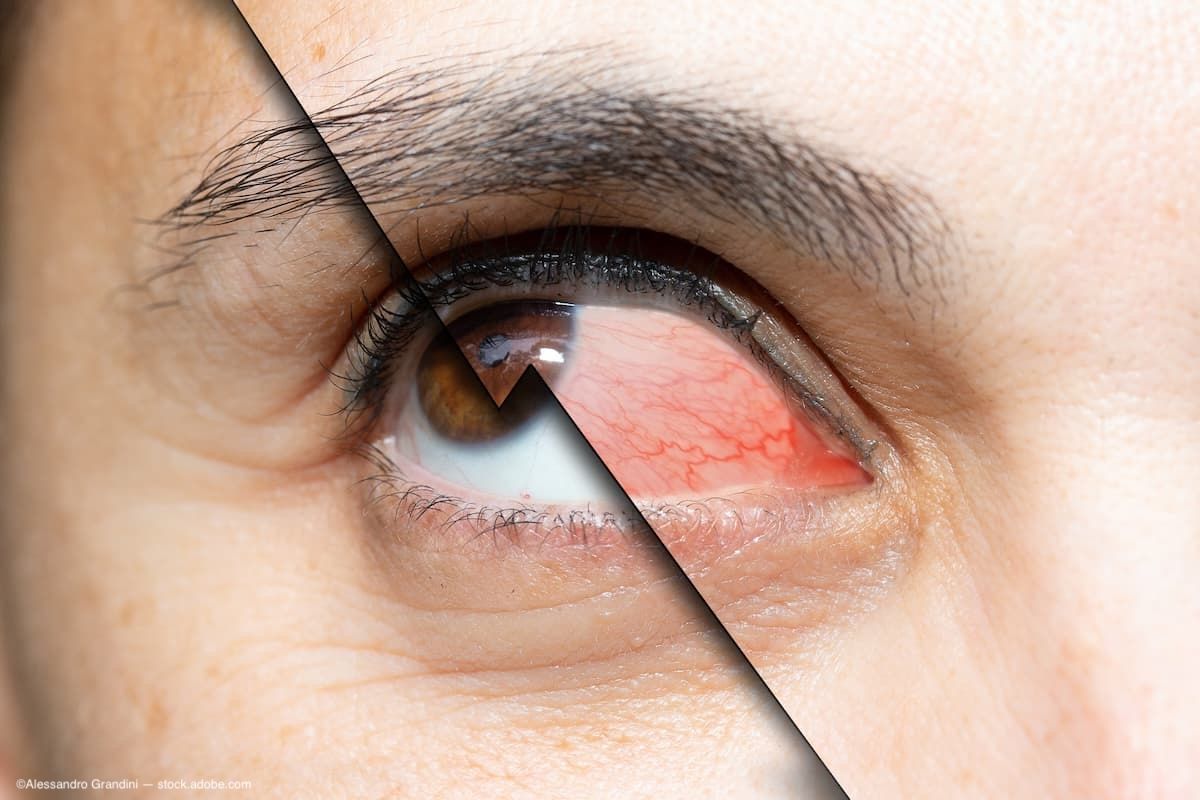Article
#15: Electronic Health/Medical Records
Electronic health/medical records (EHRs/EMRs) have been around since the late 1960s, although the initial few decades following their introduction saw little momentum as the world was only catching on to the promise of computer technology.
Electronic health/medical records (EHRs/EMRs) have been around since the late 1960s, although the initial few decades following their introduction saw little momentum as the world was only catching on to the promise of computer technology. It wasn’t until the last decade or so that the majority of medical practices began transitioning from paper-based to electronic medical records. In some countries, practices and clinics were spurred in part by government initiatives. A 2015 survey found that approximately 75% of ophthalmology practices in the US used an EHR/EMR.
While commonly used as interchangeable terms, EHRs and EMRs are slowly starting to become differentiated. EHRs involve the longitudinal collection of the electronic health information of individual patients or populations, while EMRs involve the patient record created by providers for specific encounters in hospitals and ambulatory environments. Put more simply, an EHR is the overall system that is populated by many individual patient EMRs.

HEYEX by Heidelberg Engineering is a networking solution that centralizes the management of ophthalmic images and integrates into a variety of workflows.
As with most new technology, there has been a steep learning curve with the onboarding and incorporation of electronic records into ophthalmology practices. Many providers initially voiced frustration with the additional time they needed to spend checking boxes and filling in mandatory fields that had no apparent value for their practices. Adaptations to the patient exam experience have been a particular challenge, as patients complain about the lack of “face time” with health providers who are only looking at their computer screens.
More sophisticated patient data management platforms with improved functionality, however, are being introduced that are positioned to overcome some of these initial challenges. Some systems now support perimetry, OCT, and other imaging modalities that feed right into patient EMRs, making the retrieval of images from previous or current visits a one-click process that can be done at the point-of-care and even shared with the patient.
Newsletter
Don’t miss out—get Ophthalmology Times updates on the latest clinical advancements and expert interviews, straight to your inbox.




